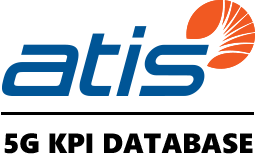Filter
57 devices found
Slice Type
E2E Latency
Jitter
Data Rate
Availability
Criticality
Common Communication Mode
Communication Direction
Data Reporting Mode
Mobility (type/speed)
Service Continuity
Device Autonomy (Power Constrained)
Connectivity Type
Priority Services (NS/EP)
Guaranteed Service
Security
Lifespan
Device Density
Location Based Services
Application Group
Applications
